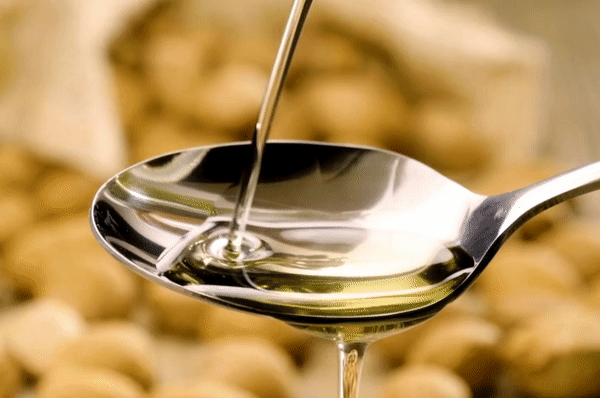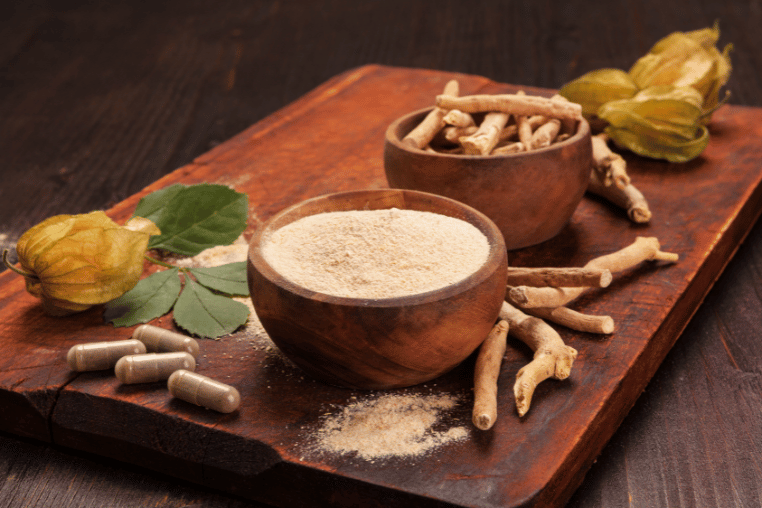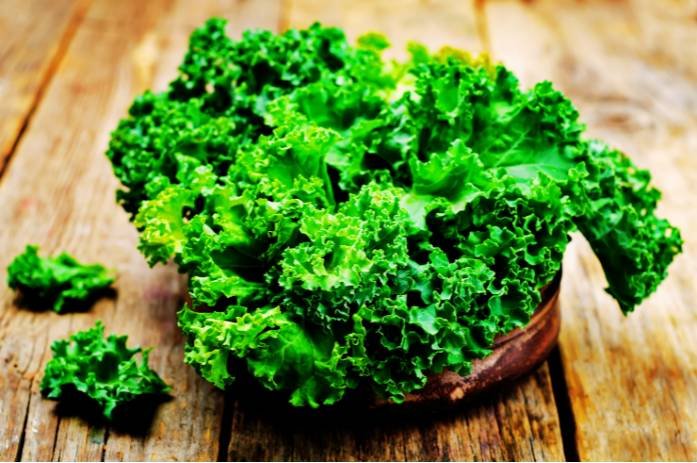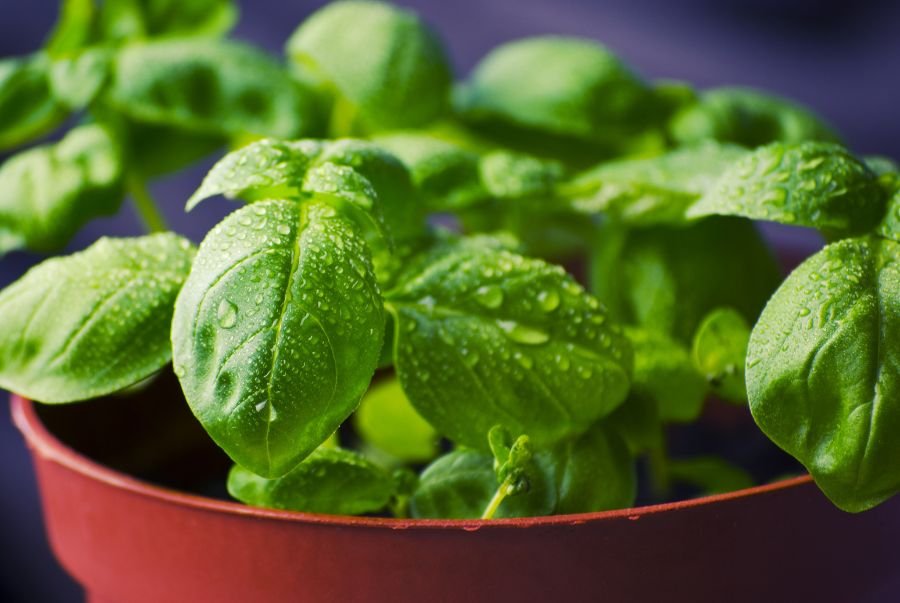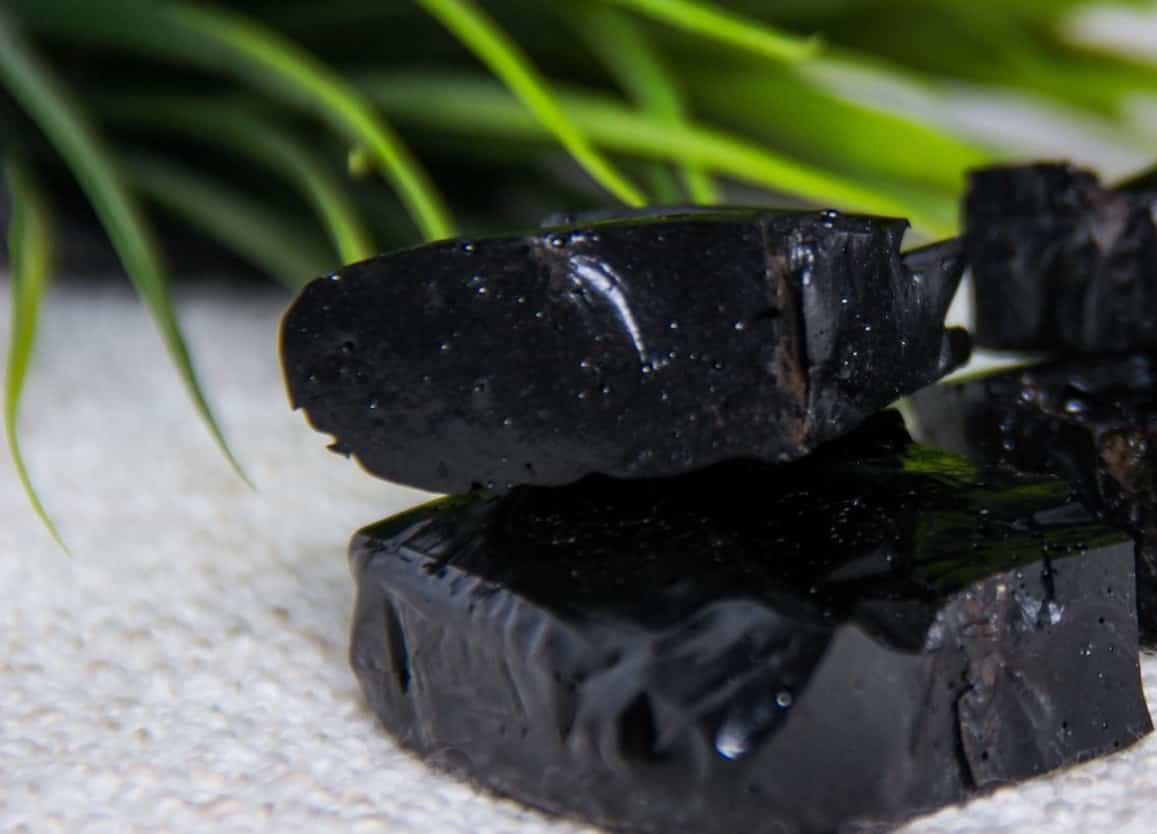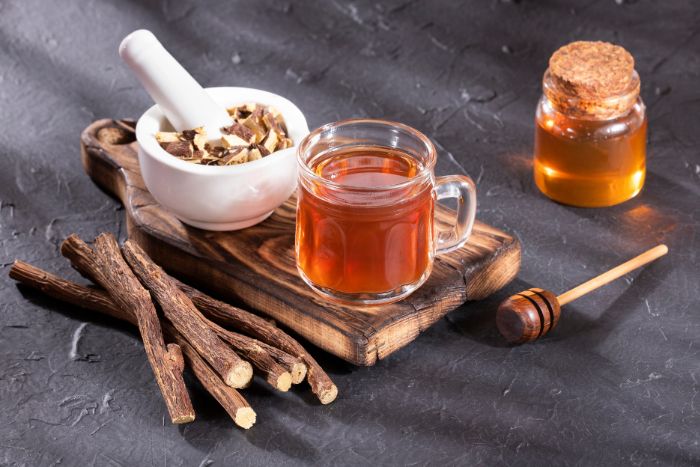
Passionate & Certified Nutritionist
Introduction
Kale, a leafy green vegetable, has taken the world by storm with its incredible nutritional profile and versatile culinary applications. Known for its dense concentration of vitamins, minerals, and antioxidants, Kale has rightfully earned the title of a superfood. Let’s explore the wonders of Kale, its health benefits, culinary uses, and how you can easily incorporate this nutrient-packed leafy green into your daily meals.
Nutritional Value of Kale
Kale is a nutritional powerhouse, boasting an array of essential vitamins and minerals that are vital for overall well-being. Rich in vitamin K, vitamin C, and vitamin A, Kale offers a significant boost to the immune system, promotes healthy vision, and contributes to bone health. Moreover, it provides essential minerals like calcium, potassium, and magnesium, which are crucial for maintaining healthy blood pressure and supporting heart health. The presence of antioxidants, such as beta-carotene, quercetin, and kaempferol, adds to Kale’s appeal as a potent fighter against free radicals and oxidative stress.
Health Benefits of Kale
- Cardiovascular Health: The combination of potassium, fiber, and antioxidants in Kale plays a pivotal role in promoting cardiovascular health. Potassium helps regulate blood pressure, fiber assists in reducing cholesterol levels, and antioxidants combat inflammation within blood vessels, reducing the risk of heart disease.
- Bone Health: Kale’s abundance of vitamin K is instrumental in supporting bone health by aiding in calcium absorption and promoting bone mineralization.
- Anticancer Properties: Kale’s glucosinolates have been studied for their potential anticancer effects. These compounds activate enzymes that detoxify carcinogens, thus reducing the risk of certain cancers.
- Skin and Vision: The combination of vitamins A and C in Kale promotes healthy skin by encouraging collagen production and supporting vision health.
Culinary Uses of Kale
One of Kale’s most enticing features is its culinary adaptability. There are numerous delicious ways to enjoy Kale:
- Kale Chips: Transform Kale leaves into crispy and nutritious chips by lightly coating them with olive oil and a sprinkle of sea salt. Bake them in the oven until they turn crispy, and you have a delightful and healthy snack alternative.
- Kale Salads: Create refreshing and nutrient-packed salads with Kale as the star ingredient. Massage raw Kale leaves with lemon juice and a drizzle of olive oil to soften its texture and enhance its flavor. Add your favorite veggies, nuts, and a light dressing to complete the vibrant salad.
- Kale Smoothies: Add a handful of Kale leaves to your favorite smoothie recipe for an instant nutritional boost. Blend it with fruits like bananas, apples, or berries for a refreshing and nourishing beverage.
- Kale Pesto: Give the traditional pesto recipe a nutritious twist by replacing basil with Kale. The result is a vibrant green pesto that pairs perfectly with pasta, sandwiches, or as a flavorful dip.
Growing and Storing Kale
If you’re interested in cultivating your own Kale, it’s a relatively low-maintenance and resilient plant that thrives in cooler climates. Sow the seeds in well-draining soil and provide them with adequate sunlight. Regular watering is essential for healthy growth. As your Kale plants flourish, you can harvest the leaves as needed, ensuring a fresh supply for your culinary adventures.
For optimal freshness, proper storage is crucial. Keep Kale refrigerated in a plastic bag, removing any excess air to maintain its crispness. For extended storage, consider blanching and freezing Kale, preserving its nutritional content for later use in soups, stews, or smoothies.
Kale in a Balanced Diet
To reap the maximum benefits of Kale, it’s essential to incorporate it into a well-balanced diet. Kale can be easily integrated into various diets, including vegetarian, vegan, gluten-free, and paleo. Its versatility allows it to complement a wide range of dishes and cuisines. Whether you’re a salad enthusiast or a fan of hearty stews, Kale can find a place on your plate.
Kale Recipes for Everyday Cooking
- Nutritious Kale and Quinoa Bowl: Combine cooked quinoa with sautéed Kale, chickpeas, and your favorite vegetables. Drizzle with a tahini dressing for a protein-rich and satisfying meal.
- Kale and Chickpea Curry: Create a flavorful curry by simmering chickpeas and Kale in a fragrant blend of spices, coconut milk, and tomatoes. Serve it with rice or naan for a comforting dinner.
- Creamy Kale and Avocado Salad: Toss fresh Kale leaves with diced avocado, cherry tomatoes, cucumber, and a creamy lemon-tahini dressing. This salad is both nourishing and indulgent.
The Versatility of Kale in Vegan and Vegetarian Diets
For individuals following vegan or vegetarian diets, Kale offers a valuable source of nutrients, including iron and calcium. By incorporating Kale into meals regularly, vegans and vegetarians can support their dietary requirements and enjoy the countless health benefits of this leafy green.
The Science Behind Kale’s Superfood Status
Kale’s superfood status is not merely a trend; it is backed by scientific evidence. The presence of glucosinolates in Kale has been the subject of numerous studies. These compounds have shown potential in reducing the risk of chronic diseases and promoting overall well-being. Additionally, Kale’s abundance of phytonutrients further contributes to its superfood reputation.
Cooking Kale for Optimal Nutrition
While Kale can be consumed raw in salads and smoothies, cooking methods can influence its nutritional profile. Steaming Kale preserves more of its water-soluble vitamins, such as vitamin C, while sautéing retains its texture and adds flavor. Experiment with different cooking methods to discover the ones that suit your taste and nutritional preferences.
Kale in Historical and Cultural Context
Kale’s history is deeply rooted in many cultures worldwide. It has been a staple in cuisines throughout history, cherished for its hardiness and health benefits. From the Mediterranean to Asia, Kale has left an indelible mark on traditional dishes, and its versatility continues to inspire innovative recipes in contemporary cooking.
Frequently Asked Questions (FAQs)
Kale is generally safe for consumption. However, individuals with certain health conditions, such as kidney problems or thyroid issues, may need to moderate their intake due to its high oxalate content.
Yes, Kale can be incorporated into kid-friendly smoothies when paired with sweet fruits like bananas or mangoes to mask any bitter taste.
A recommended daily intake of 1-2 cups of Kale can provide a substantial amount of nutrients and health benefits.
Some individuals may experience bloating or gas when consuming large amounts of raw Kale. Cooking Kale can help alleviate these effects.
Kale is a nutrient-dense, low-calorie food that can be a valuable addition to a weight-loss diet. It promotes satiety and provides essential nutrients without excessive calories.
Quick Recap
Kale, with its impressive nutritional profile and culinary versatility, undoubtedly deserves its superfood status. Whether you enjoy it raw in salads, blended into smoothies, or incorporated into hearty dishes, Kale remains a powerful addition to any diet. Embrace the wonders of this leafy green vegetable and embark on a journey of wellness and culinary delight with Kale as your trusted companion on the path to a healthier lifestyle.






